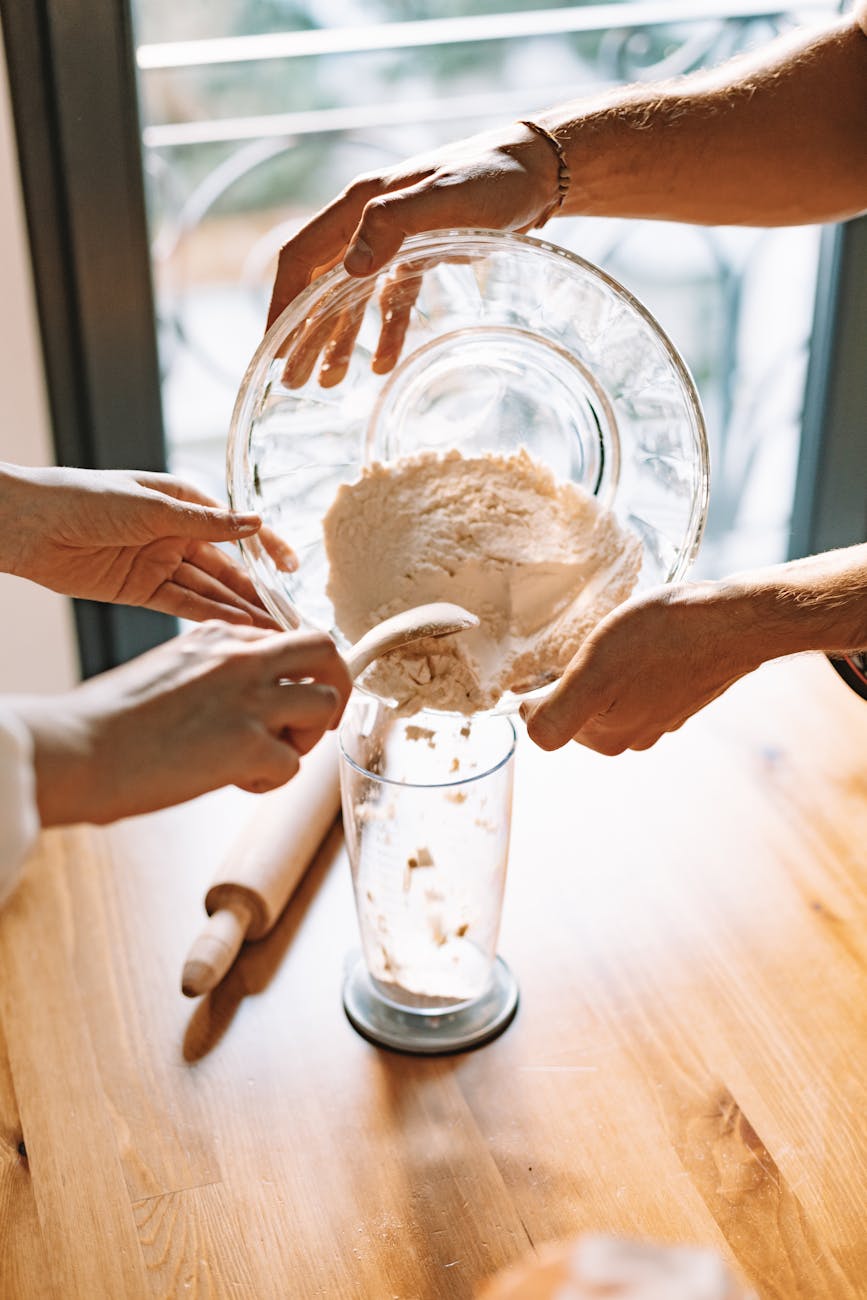Importance of Accurate Measurements in Cooking
Cooking and baking have a twist of fun, but let’s face it, precision can make or break a meal. Whether you’re mixing up a family recipe or improvising your next culinary masterpiece, getting those measurements right is the magic key to scrumptious results.
Why Precision Matters in Cooking and Baking
Accurate measurements are like a solid plan before a road trip—they set the course. If you want your dish to shine, you better keep it on track with the right mix of ingredients. A heaping spoonful of salt versus a sprinkle? That choice will surely flop or fly in flavor.
Now, in baking, we aren’t just throwing stuff together—it’s a balancing act and a bit of science. You mess with the amounts, and you’ll find yourself with flat cookies or bread that’ll break a tooth! Everything’s a dance of reactions; the right blend of flour, sugar, and sprinkles (just go with it) all need to groove in perfect harmony.
Common Measurement Conversions in the Kitchen
Working in the kitchen sometimes feels like a math lesson with all these measurements. Trust me, mastering conversions can save you from a cooking calamity. Once you’re cozy with shifting between cups, tablespoons, and grams, recipes become your playground.
Here’s a handy table of kitchen conversion cheats you’ll love as much as a fresh pie out of the oven:
| Volume Measurement | Weight Measurement |
|---|---|
| 1 teaspoon = 5 grams | |
| 1 tablespoon = 15 grams | |
| 1 cup = 240 ml = 128 grams | |
| 1 fluid ounce = 30 ml = 28 grams |
Nail these conversions, and you’re the boss of that cookbook in any unit they throw at you. Fancy diving deeper into kitchen conversions? Check out our article on what is 1 cup in grams. Keep the measuring cups handy and happy cooking!
Understanding Grams and Teaspoons
Cooking and baking can be like science, right? Every pinch or scoop matters. How many times have you stood in the kitchen wondering whether one spoon of flour weighs the same as sugar? We’re going to crack that mystery and help you convert teaspoons to grams—giving your recipes the magic half they need.
How to Convert Teaspoons to Grams
So, what’s the secret sauce to converting teaspoons to grams? It all boils down to the type of stuff you’re measuring. Here’s a cheat sheet that can make your life a little easier next time you’re pulling out ingredients for your favorite dish:
| Ingredient | Teaspoons (tsp) | Grams (g) |
|---|---|---|
| Sugar | 1 tsp | 4.2 g |
| Flour | 1 tsp | 2.6 g |
| Salt | 1 tsp | 5.7 g |
| Baking Powder | 1 tsp | 4.8 g |
These numbers aren’t set in stone. There might be a whisker of variation because of how tightly you pack the spoon. For more serious baking, consider getting cozy with your kitchen scale to keep things perfect.
Examples of Common Ingredients and Their Gram Equivalent
Let’s break it down further so the next time you head to your pantry, you know exactly what you’re dealing with:
- Sugar:
- A teaspoon of sugar tips the scale at roughly 4.2 grams. Sweet and simple.
- Flour:
- With flour, 1 teaspoon brings the scales to around 2.6 grams. Light and fluffy!
- Salt:
- Love a bit of salt? Each teaspoon is about 5.7 grams. A little goes a long way.
- Baking Powder:
- Baking powder packs in at around 4.8 grams per teaspoon. Ready to rise and shine!
Nailing these conversions is like having a superpower in your kitchen. You’ll whip up pastries and pasta like a pro, with each dish turning out just right, leaving your dinner guests begging for more. Fancy some more kitchen conversions? Check out our guide on how much is 100g of flour?.





